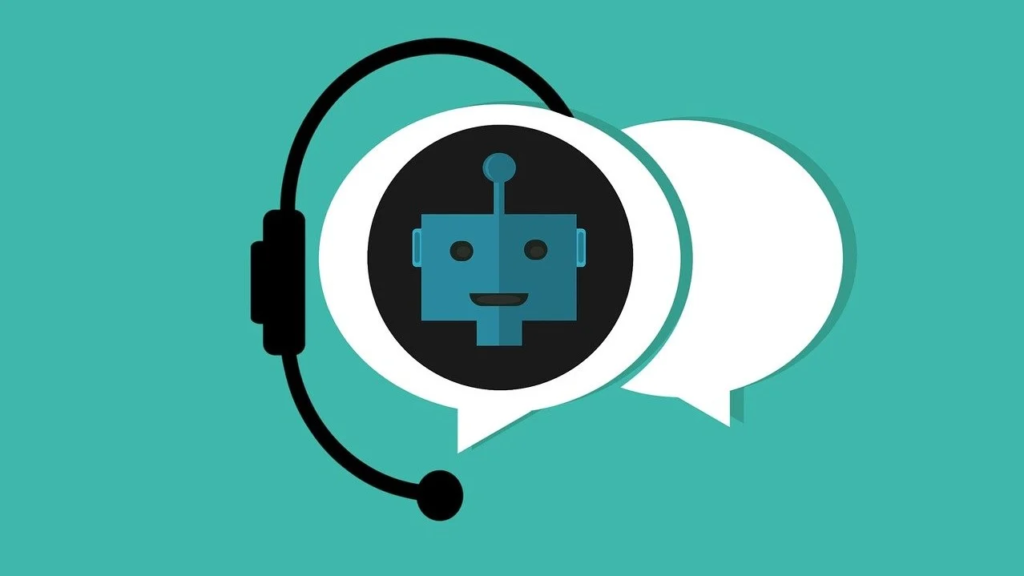Chatbots and Customer Experience: How AI is Changing the Face of Customer Service
- March 15, 2023

The world of customer service has undergone a significant shift in recent years, thanks to the advent of chatbots powered by artificial intelligence (AI). Chatbots are computer programs that use natural language processing to interact with customers and provide them with assistance in real time. These bots can be used to automate a wide range of customer service tasks, from answering basic queries to helping customers complete complex transactions.
The History of Chatbots
Chatbots have been around for a long time, with the first known chatbot being created in the 1960s. This chatbot, called ELIZA, was developed by Joseph Weizenbaum at MIT and was designed to simulate conversation with a therapist. ELIZA used a simple pattern-matching algorithm to respond to users, and while it was not very sophisticated, it was still an important milestone in the development of chatbots.
Over the years, chatbots have become increasingly sophisticated, and today’s bots are capable of handling complex tasks and understanding natural language queries. They are being used by businesses of all sizes to improve their customer service and streamline their operations.
The Science behind Chatbots
Chatbots are powered by AI, which is a subset of computer science that focuses on creating intelligent machines that can perform tasks that typically require human intelligence, such as understanding natural language, recognizing patterns, and learning from experience.
Chatbots use natural language processing (NLP) to understand and interpret customer queries. NLP is a branch of AI that focuses on enabling machines to understand and interpret human language. This technology uses machine learning algorithms to analyze text and identify patterns, allowing chatbots to understand the meaning behind customer queries and respond appropriately.
Benefits of Chatbots in Customer Service
Challenges of Chatbots in Customer Service

Lack of Human Touch: Chatbots lack the human touch that many customers desire in their interactions with companies. Customers may feel frustrated or dissatisfied if they are unable to speak with a human agent for complex or sensitive issues.
Inability to Handle Complex Issues: Chatbots are still limited in their ability to handle complex or nuanced issues. They rely on pre-programmed responses and may struggle to understand the full context of a customer’s query.
Inaccuracy and Errors: Chatbots can make mistakes or provide inaccurate information, particularly if they are not properly trained or maintained. This can lead to customer frustration and decreased trust in the business.
Integration with Legacy Systems: Many businesses have legacy systems that are not easily integrated with chatbot technology. This can make it difficult to provide a seamless customer experience across all channels.
Cost and Implementation: Developing and implementing a chatbot can be expensive and time-consuming, particularly for small businesses with limited resources.
Efforts are being made to minimize these challenges in customer service. For example, advances in natural language processing (NLP) and machine learning are making chatbots more capable of handling complex issues and providing personalized assistance. Businesses are also investing in training and maintenance programs to ensure their chatbots are accurate and up-to-date.
Businesses are exploring ways to integrate chatbots with other technologies and channels to provide a more seamless customer experience. For example, chatbots can be integrated with voice assistants or social media messaging platforms to provide a consistent experience across all channels.
Another approach to improving chatbot capabilities is to integrate them with other systems and databases. This allows chatbots to access more comprehensive and up-to-date information about customers, such as their account details, purchase history, and previous interactions with customer service. By leveraging this information, chatbots can provide more personalized and effective assistance to customers. For example, if a customer is inquiring about the status of an order, the chatbot can access the customer’s purchase history and provide a more accurate and detailed response.
Finally, there are also efforts to address the issue of the lack of human touch in chatbot interactions. Some businesses are exploring the use of hybrid models, where chatbots handle initial customer queries and then hand them off to a human agent for more complex issues. For example, if a customer has a complex issue that requires in-depth knowledge or expertise, a human agent may be better equipped to provide a satisfactory resolution. Others are investing in training programs to help their chatbots provide more empathetic and human-like responses.



